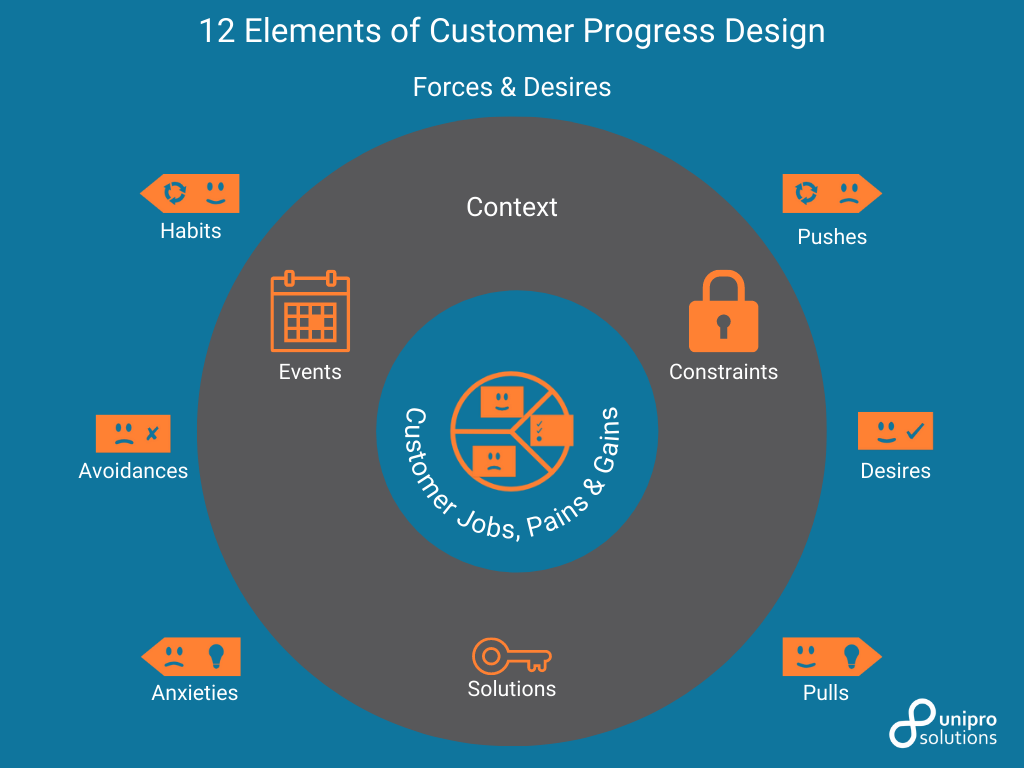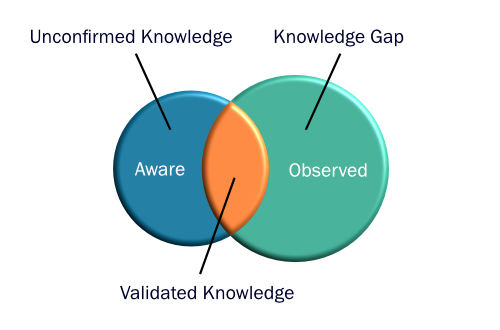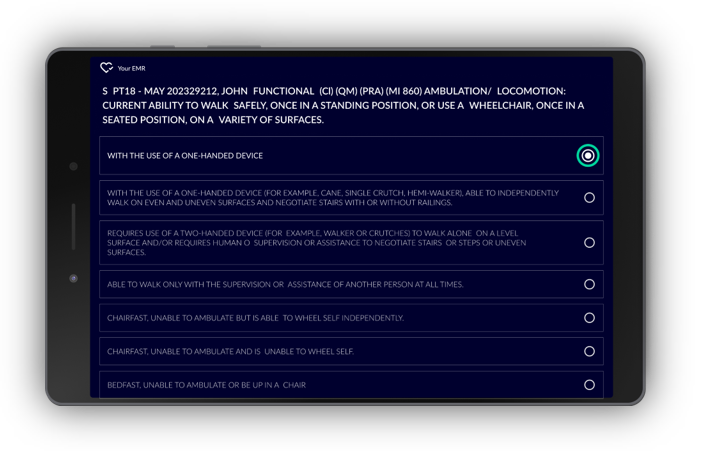
The challenge with qualitative research
Qualitative customer research today is not only challenging to do but typically not designed to support strategic decisions.
The first challenge is the sheer infinite amount of variables that can come up in customer interviews that have to be dealt with. Researchers today focus on what questions to ask rather than what data to look for. This unstrutured approach makes it difficult to conduct useful interviews and time-consuming to process the data. In addition, dealing with unstructured data makes it hard to aggregate it. However, without a valid aggregation there is great risk that insights are being generalized based on a small number of responses.
The second challenge is that qualitative research often is not designed with the end in mind, meaning designed to support strategic decisions. The results often leave room for interpretation and are missing the connection to the set of decisions to be made.
If I do not have a standard set of items to look for, what items should we focus on?
Our solution
When we built The Wheel of Progress, we decided to focus on 12 distinct elements of the interviewee’s buying story. We chose these to help us understand how customers want to make progress and in a certain circumstance. Focusing on these elements helps to discern useful data from data that doesn’t matter in our research, the “noise”. In the last step of our process, we are processing the data.
What are the benefits?
Focusing on a finite amount of items makes conducting and evaluating customer interviews efficient and targeted. We turn it into data points that allows us to aggregate and evaluate the data.
However, the most important benefit is how easy it is to use it for creating new, ground breaking ideas. In the last step of our process, 11 of the variables are being used to inform the creation of new value propositions, and ideas for marketing and sales strategies.
What 12 elements do we capture?
- Evidence-based customer jobs with their associated pains and gains
- Context-related variables which consist of events, constraints, and “hired” solutions
- Finally, we capture forces and desires. We identify two forces promoting and two forces inhibiting movement, as well as desires and problems to avoid in a future, yet unknown, solution.
How can the data be used?
The customer jobs, pains, and gains can be used to identify opportunities to create new value propositions that help improve existing solutions, products, services, and the buying experience. It also can be used to ideate entirely new value propositions. a basis for entirely new solutions that meet the customer job-related desires better.
The contextual data can be used to address the customer at the right time and create more relevant solutions. Events for example help to understand the trigger moments that make people move to the next phase in the buying process. This data makes it much easier to “pick them up” at the right point in time. Constraints assist us in designing more meaningful value propositions, and offers and provide a pool for disruptive product ideas. Solutions inform us about the richness of the related customer jobs, who we compete with, and why.
The four forces of progress help us understand motivators and demotivators. What pains cause people looking for a new solution and what do they find attractive? What habits and concerns with a potential new solution are in the way of making progress. This data can be used in product marketing, objection handling guides, FAQs, and the value proposition design. The data on desired and undesired outcomes to avoid helps us understand the overall aspirations and guides the creation of solutions that even better meet expectations.
All of the data helps derive the organization’s purpose. It provides a comprehensive picture of the desire and struggles to make progress in life and the job-to-be-done the organization can apply for.
How can I learn more about Customer Progress Design?
Request a free demo.






